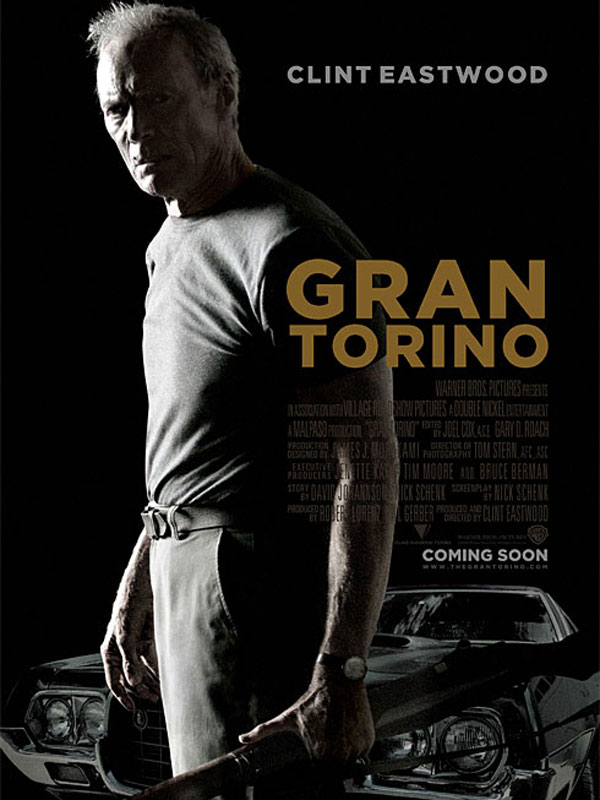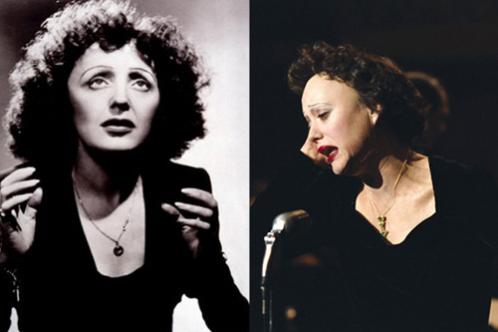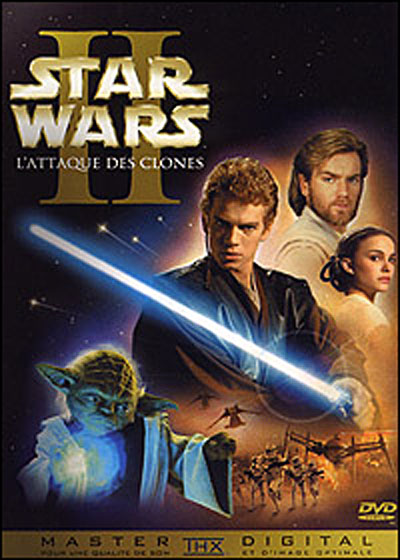I am just shy of two months in France right now, and have advanced through the stages of culture shock--past the romance and novelty of the first weeks (walking down the street: "Oh, the French shops! Oh, the French old men buying baguettes in the shops! Oh, the French mustaches on the old men buying baguettes!), through the frustrations of delayed-onset homesickness and frequent miscommunication, and I find I am gradually approaching that hazy locale known as "getting used to it." In honor of that progression, I bring you the ten best and the ten worst of my first two month's impressions of life in Cosne-sur-Loire, France.
Caveat: These things, rated in order of greatest to least, are not life-changing conditions of deep significance, and my reaction to them does not say anything about my feelings about French culture, or even French vie quotidienne as a whole (I do not yet, and may not ever, feel equipped to pass that kind of judgement). These are just the sorts of trivial things that you notice when you start to settle into a place, and my reactions are along the lines of
"La mère d'Amélie Poulin n'aime pas: quand les gens inconnus lui touch par la main"
That said, here goes:
Chloé aime:
1) In France, it is perfectly normal to have dessert after every meal. For someone with what I have often described as a sweet tooth like a walrus tusk, this is what I have been waiting for my entire life. I have always felt that a meal is not finished without a little something sweet at the end, and now I have an entire country backing me up.
2) There is no culturally sanctioned anti-intellectualism here the way there is in the states. I don't ever feel like I have to use fewer big words, or avoid talkiing about concepts and ideas in everyday conversation.
3) Hanging out in cafes, one of my all time favorite activities, is big here.
4) It seems like almost everybody has a cat, and I have yet to visit and apartment building with a no-pets policy. It is very cozy to go visit someone and end up with their cat on your lap, although it does have the unfortunate side effect of making me very much want to get my own.
5) There's a reason they call it French bread.
6) Cheese.
7) Dining in general is a very social occupation. People take their time with it, and use it as an opportunity to enjoy each others' company. When I first moved away from home at 18, I was horrified and saddened when my new roommates admitted to me that they did not expect us to eat nightly dinners together since they had never done that with their families. That would not happen here.
8) Comic books/graphic novels are not just the province of pimply, black-clad adolescents, and you can find a good BD section in most bookstores.
9) The onstreet culture, at least in my town, suits my temperament in that it is pleasant but not overly familiar. Unlike in, say, Jaipur, you don't have to take care not to look people in the eye, but meeting someones' eye does not necessarily mean that you want to stop and have a conversation with them. You can acknowledge people, without getting into awkward social interactions.
10) The shower heads. It took me a while, and a lot of soaked bathmats, to get used to having a free-floating shower head on a cord, but once I realized that there was a way to hold it
directly over your head, so that all your features are smothered at once in a rushing stream of falling warm water, there was no going back.
And now, the other side...
Chloé n'aime pas:
10) There is no peanut butter. You would think that in a culture where Nutella has such pride of place, peanut butter would not be far behind, but no.
9) The Sarkozy government, and the strikes it inspired. While I appreciate the importance of a country's population voicing their concerns to their government, the
grévès went on long enough during most of the past month, and I spent enough time stuck in various train stations, that I ended up wishing that both the strikers and the source of their dissatisfaction would give up and call it a day.
8) It is very hard to find dental floss here, at least of the kind I am used to. It seems silly to order such a minor thing from home, but I do like to clean my teeth.
7) If you haven't done your grocery shopping before Sunday, and you don't have a big-box store near you, good luck. Most small and midsized towns are like nuclear-attack drills from the 50's all day on Sunday. The day of rest is practiced very assiduously by shopkeepers here.
6) I miss instant oatmeal.
5) The public transit system, specifically the train system, is laid out like a star, with Paris in the center. This makes it difficult, time-consuming, and expensive to make lateral voyages that do not take huge detours up to the capital city.
4) The culture among teachers at French public schools is very independent and self-directed. Every prof is the ruler of his or her own classroom, and there is not really much of a unifying curriculum across any given level. I can see the advantages of this, for the teachers themselves, in that they are not tied to a system that does not work for them, but it can be very frustration for someone like me who is trying to work with several teachers.
3) There are approximately 5 unmarried people between the ages of 18 and 40 living in my town
2) Bureaucracy had a whole new meaning for you once you have dealt with the process of applying for a visa, setting up a bank account, and registering for social security. I never realized before the true power of a piece of paper with an official stamp on it.
1) Not being able to better speak the language. I know this is a problem with me, and not with the environment I am in right now, but I do get very impatient with my limited comprehension abilities. I know I am probably making progress I am not aware of, but still...









































